Investment in water infrastructure worrying
by Siseko Njobeni,
2015-11-12 13:29:41.0
AS SA battles drought-induced water shortages, a South African Cities Network survey has shown that the overall expenditure of the country’s biggest municipalities declined by 1% between 2009 and 2013.
The dry conditions have exposed inadequacies in water infrastructure, with recent reports alleging that the country loses about 37% of potable water through leaking pipes, taps and other infrastructure failures.
In its report State of the City Finances 2015, the South African Cities Network said the combined water expenditure of Johannesburg, Cape Town, eThekwini, Tshwane, Ekurhuleni, Nelson Mandela Bay, Mangaung, Buffalo City and Msunduizi had declined in real terms from R3.2bn in 2009/2010 to R3.1bn 2013/2014.
While some of the municipalities’ capital expenditure on water was high, others spent significantly less. For instance, Mangaung and Ekurhuleni’s investment in water increased by 76% and 37%, respectively. On the other hand, eThekwini’s expenditure slipped by 24%. "While certain cities are clearly prioritising spending on water infrastructure, others are not," South African Cities Network said.
On the other hand, in the same period the municipalities’ expenditure on electricity went up by 4%. eThekwini, Tshwane, Ekurhuleni and Nelson Mandela Bay reduced their electricity expenditure. The South African Cities Network said such a trend is cause for concern.
Some of the country’s municipalities are licensed distributors of electricity, alongside Eskom. Failure to maintain their electricity distribution network heightens the risk of power outages. For instance, a large portion of Johannesburg receives its electricity from City Power, the electricity utility of the City of Johannesburg.
The overall capital expenditure of the country’s nine largest municipalities between 2009/2010 and 2013/2014 was R117bn. This, South African Cities Network said, is an indication of the municipalities’ role in driving economic development.
Fin24
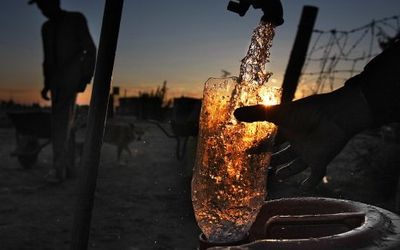
Picture: THE TIMES
AS SA battles drought-induced water shortages, a South African Cities Network survey has shown that the overall expenditure of the country’s biggest municipalities declined by 1% between 2009 and 2013.
The dry conditions have exposed inadequacies in water infrastructure, with recent reports alleging that the country loses about 37% of potable water through leaking pipes, taps and other infrastructure failures.
In its report State of the City Finances 2015, the South African Cities Network said the combined water expenditure of Johannesburg, Cape Town, eThekwini, Tshwane, Ekurhuleni, Nelson Mandela Bay, Mangaung, Buffalo City and Msunduizi had declined in real terms from R3.2bn in 2009/2010 to R3.1bn 2013/2014.
While some of the municipalities’ capital expenditure on water was high, others spent significantly less. For instance, Mangaung and Ekurhuleni’s investment in water increased by 76% and 37%, respectively. On the other hand, eThekwini’s expenditure slipped by 24%. "While certain cities are clearly prioritising spending on water infrastructure, others are not," South African Cities Network said.
On the other hand, in the same period the municipalities’ expenditure on electricity went up by 4%. eThekwini, Tshwane, Ekurhuleni and Nelson Mandela Bay reduced their electricity expenditure. The South African Cities Network said such a trend is cause for concern.
Some of the country’s municipalities are licensed distributors of electricity, alongside Eskom. Failure to maintain their electricity distribution network heightens the risk of power outages. For instance, a large portion of Johannesburg receives its electricity from City Power, the electricity utility of the City of Johannesburg.
The overall capital expenditure of the country’s nine largest municipalities between 2009/2010 and 2013/2014 was R117bn. This, South African Cities Network said, is an indication of the municipalities’ role in driving economic development.
Fin24


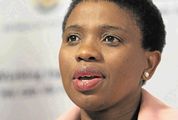
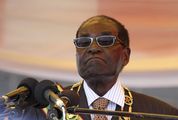
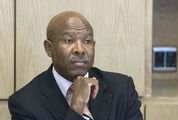


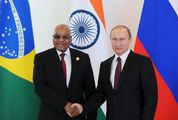

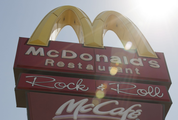










Change: 0.68%
Change: 0.76%
Change: 0.53%
Change: 0.77%
Change: 1.08%
Data supplied by Profile Data
Change: 0.39%
Change: 0.36%
Change: 0.68%
Change: 0.00%
Change: 0.30%
Data supplied by Profile Data
Change: -0.31%
Change: -0.50%
Change: -0.57%
Change: -0.94%
Change: -0.81%
Data supplied by Profile Data
Change: 0.17%
Change: 0.13%
Change: 0.00%
Change: 1.69%
Change: -1.64%
Data supplied by Profile Data